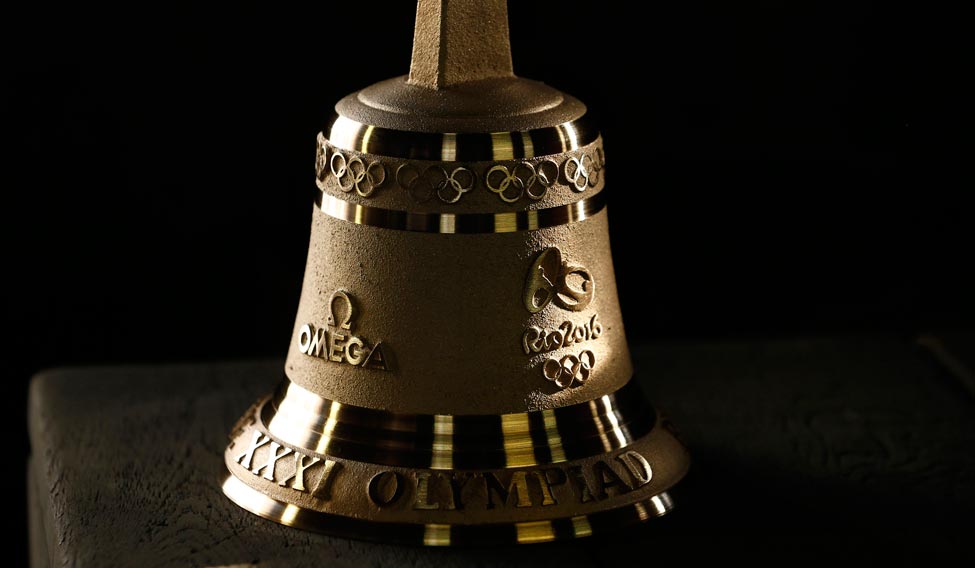At this year's Summer Olympics in Rio de Janeiro, no matter how elaborate the opening ceremony or how sophisticated the live broadcasts, the final lap of athletics races will be announced the traditional way -- by ringing an old-fashioned bell.
The ritual, which lets athletes and spectators know the race is reaching its climax, has been a feature of the modern Olympic Games since they were first held in 1896. But it is also connected to a technological development.
Swiss watchmaker Omega, now Swatch Group's flagship brand, has been the official timekeeper of the Olympic Games since 1932, and is in charge of supplying the bells used in events ranging from long-distance running to indoor cycling.
While Omega's task has become increasingly high-tech and computerised, the 21 bells it is shipping to the Olympics are very similar to their predecessors, and were forged by hand in the Jura Mountains of Switzerland.
"This is really the only thing that's been a part of the Games since the beginning that hasn't changed," said Serge Huguenin, 52, the owner of the small foundry in the town of La Chaux-de-Fonds that has supplied Omega with bells for years.
"So I hope it will continue, I hope they won't put an electronic bell before the last lap," he added.
The foundry, which supplied its first Olympic bell for the Moscow Games in 1980, also makes the distinctive cow bells that ripple across Alpine pastures and have become one of the best-known symbols of Switzerland.
Farmers are, however, buying fewer cow bells these days, Huguenin said, adding that the bovine accessories once represented 90 percent of sales, with the other 10 percent coming from ceremonial bells like the ones used at the Olympics.
"Now it's the other way around," said Huguenin, who took over the business from his father-in-law, who taught him the techniques he uses, making a unique mould for each bell.
The company, which had eight employees in 1987, has also dwindled in size. Huguenin, who works alone, sometimes helped by his son, says he earns too little from bells to make a living.
"It's more to have a little money at the end of the month," he said.






